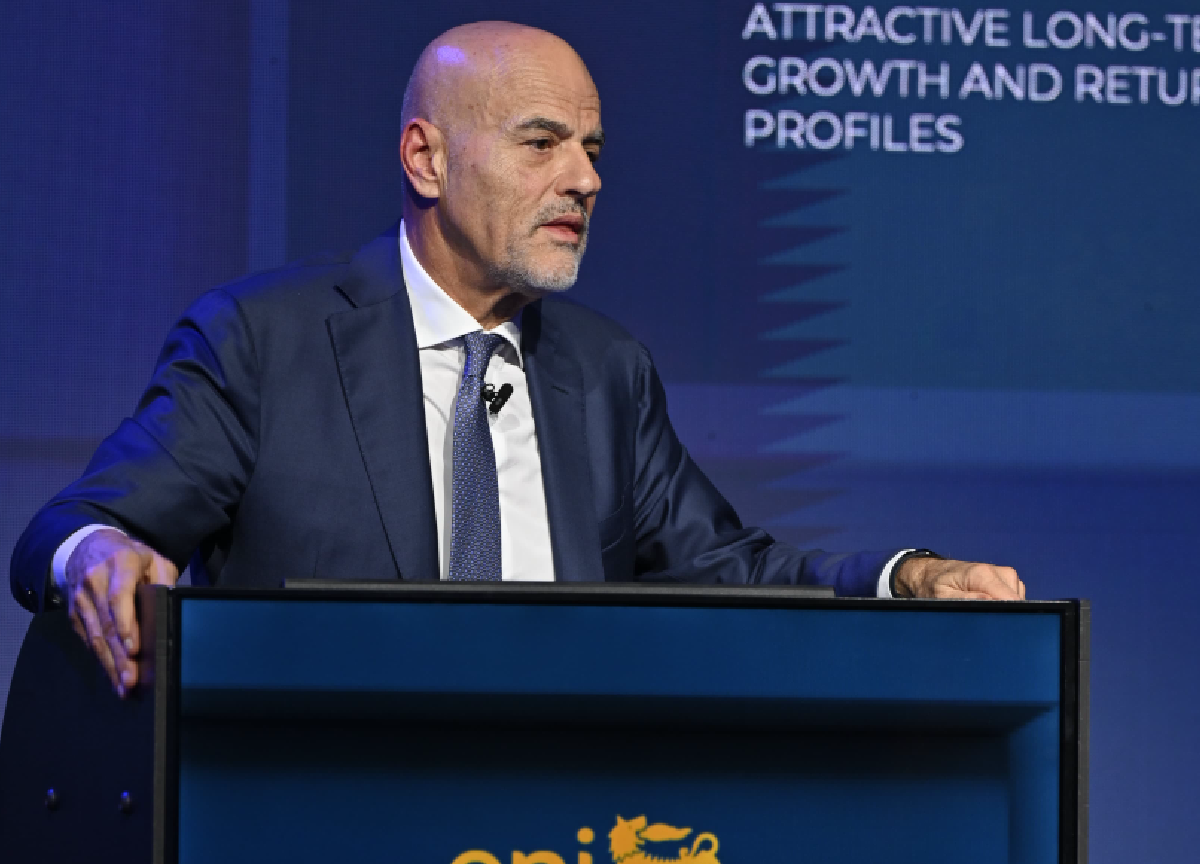Emeritus Archbishop Tutu had wished for an environmentally friendly and modest burial. Water burial, i.e. alkaline hydrolysis, was used for burial.
South Africa Archbishop Emeritus of the apartheid regime Desmond Tutun the funeral was held in Cape Town on Saturday. Tutu died the day he was killed.
Before her death, Tutu had asked for a moderate funeral, an inexpensive chest, and donations to charity instead of commemorative gifts.
News agency AFP says he had also hoped for a more environmentally friendly burial instead of a traditional burial. Especially in large urban areas such as Cape Town, cemetery space is running low.
Water burial, or alkaline hydrolysis, was used to bury the familiar.
It uses water instead of fire for burial. Hydrolysis is also referred to as green Cremation i.e. green cremation.
The funeral of the Archbishop Emeritus was held in Cape Town, South Africa on New Year’s Day.
Hydrolysis has grown in popularity in recent years, says the British newspaper The Guardian, but in many countries it is still a very unknown and unregulated form of burial. It first rose in popularity in North America.
In water burial, the body of the deceased is destroyed by immersing it for a few hours in water which has been heated to 150 degrees under pressure and in which a strong base such as potassium hydroxide has been dissolved. The practice leaves behind the bones of the deceased, which can then be cremated and placed in the urn.
Hydrolysis is considered a more environmentally friendly alternative to cremation. British company Resomation, which runs water burials, says they use less energy from cremation and produce less greenhouse gas emissions.
BBC’s alkaline hydrolysis according to the story, the carbon footprint of an ordinary cremation is as much as 320 pounds of carbon dioxide. Dutch researcher Elisabeth Keijzer compared the environmental impact of hydrolysis in its studies in 2011 and 2014, and found that hydrolysis produces up to seven times less CO2 emissions.
Practice was developed in the early 1990s, when it was mainly used to dispose of animal carcasses. It came into wider use in the destruction of cows that died of mad cow disease.
In Finland The world of technology wrote about water burial and its environmental impact in 2017. It states that alkaline hydrolysis was used to destroy people who died of mad cow disease because it does not generate particles in the atmosphere or soil.
In the burial of people, hydrolysis spread in the 21st century, when it was first used on the bodies that were the subject of medical research.
.
#South #Africa #burial #Desmond #Tutu #water #fire #practice #unknown #countries






